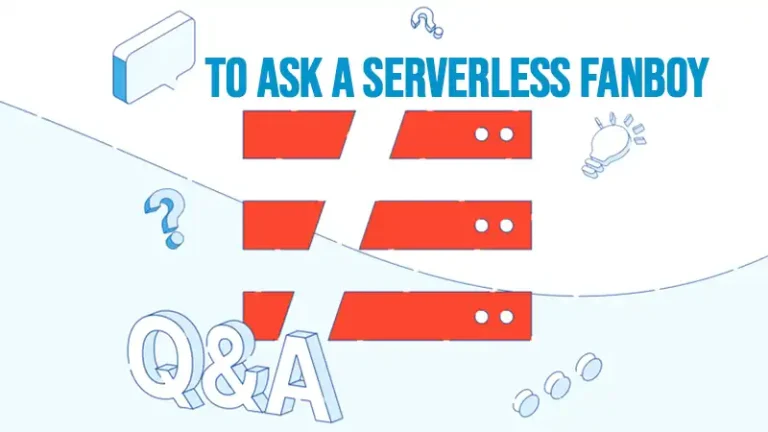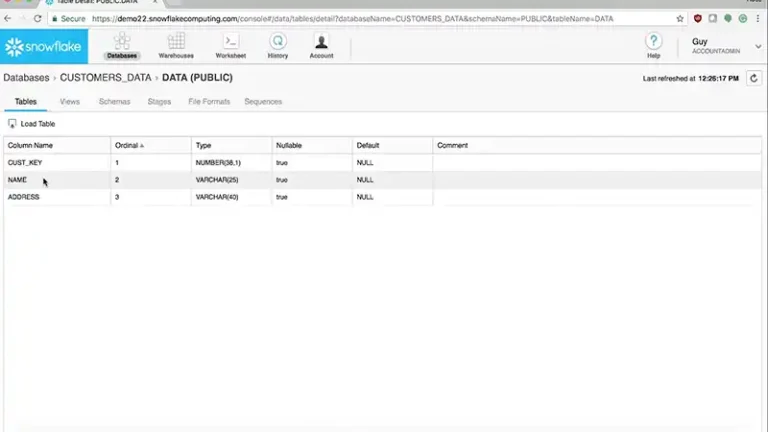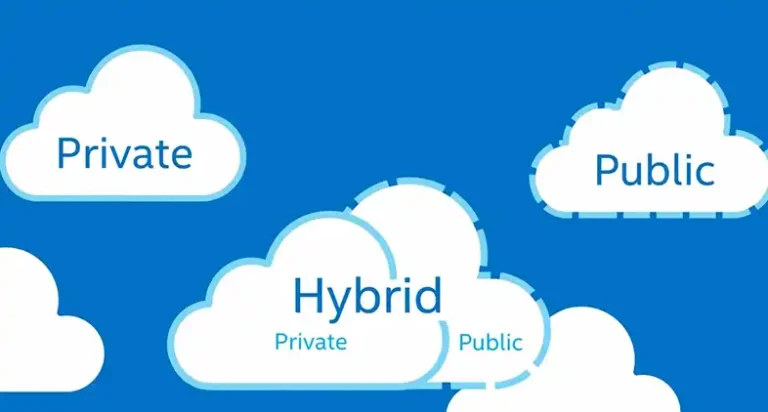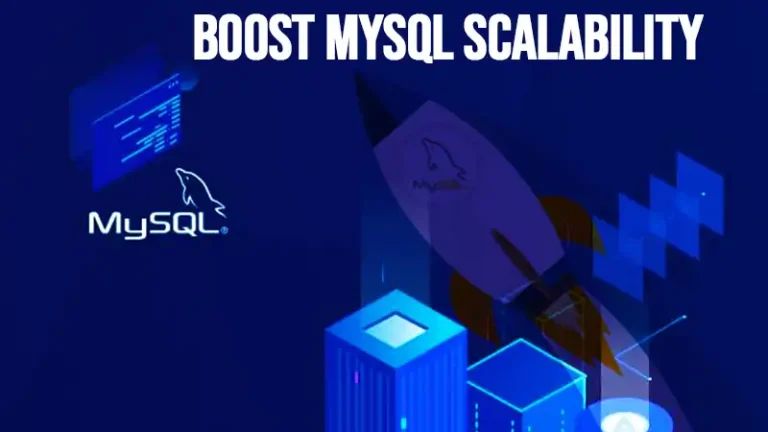Cloud Security Checklist: Ensuring Robust Protection for Your Cloud Environment
Cloud computing has become an indispensable component for businesses, offering flexibility, scalability, and cost-effectiveness. However, as more organizations migrate to the cloud, ensuring robust security becomes paramount.
This comprehensive cloud security checklist is designed to help organizations identify vulnerabilities, implement best practices, and safeguard their data and applications in the cloud.

What Is a Cloud Security Checklist?
A cloud security checklist is a structured document outlining essential steps and controls to safeguard data and systems in a cloud environment. It serves as a comprehensive guide to help organizations identify potential vulnerabilities, implement best practices, and maintain compliance with security standards.
By following a cloud security checklist, businesses can mitigate risks, protect sensitive information, and ensure the overall security of their cloud infrastructure.
What Are the Cloud Security Requirements?
The requirements for ensuring a secured cloud system are not easy to put on a single paper. It is a rather vast topic to be covered in episodes or volumes. Here is a brief overview of the key factors to consider when cloud security is your goal.

1. Understanding Cloud Security Basics
Before diving into specific measures, it’s crucial to understand the foundational aspects of cloud security:
- Shared Responsibility Model: Know the division of security responsibilities between your organization and the cloud service provider (CSP). Typically, the CSP is responsible for securing the infrastructure, while you are responsible for securing data, applications, and access.

- Data Sensitivity: Classify data based on sensitivity and determine which data can be stored in the cloud and which should remain on-premises.
2. Identity and Access Management (IAM)
Managing who has access to your cloud resources is vital for maintaining security:
- Strong Authentication: Implement multi-factor authentication (MFA) for all users to enhance security beyond simple passwords.
- Role-Based Access Control (RBAC): Assign permissions based on roles within the organization, ensuring users have access only to the resources necessary for their job functions.
- Principle of Least Privilege: Restrict access rights for users to the bare minimum necessary to perform their work, reducing the potential impact of a compromised account.
3. Data Protection
Protecting data at rest and in transit is critical for maintaining confidentiality and integrity:
- Encryption: Use strong encryption standards for data both at rest and in transit. Ensure that encryption keys are securely managed and stored.
- Data Masking: Implement data masking techniques to protect sensitive data in non-production environments.
- Backup and Recovery: Regularly back up data and test recovery procedures to ensure quick restoration in case of data loss or corruption.
4. Network Security
Securing your cloud network infrastructure is essential to prevent unauthorized access and attacks:
- Firewall and Security Groups: Utilize virtual firewalls and security groups to control incoming and outgoing traffic based on predefined security rules.
- Virtual Private Cloud (VPC): Implement a VPC to isolate your cloud resources and establish secure connections between different environments.
- Intrusion Detection and Prevention Systems (IDPS): Deploy IDPS to monitor network traffic for suspicious activities and respond to potential threats.
5. Application Security
Ensure that applications deployed in the cloud are secure and free from vulnerabilities:
- Secure Development Practices: Adopt secure coding practices and conduct regular code reviews to identify and mitigate security flaws.
- Regular Security Testing: Perform penetration testing and vulnerability assessments on your applications to identify and address security weaknesses.
- Web Application Firewalls (WAF): Use WAFs to protect web applications from common threats such as SQL injection and cross-site scripting (XSS).
How To Assess Cloud Security?
Assessing cloud security is crucial for organizations to protect their sensitive data and maintain operational resilience. This section will outline key steps and considerations for conducting a comprehensive cloud security assessment.
1. Monitoring and Logging
Continuous monitoring and logging are crucial for detecting and responding to security incidents:
- Centralized Logging: Implement centralized logging to aggregate logs from various sources and enable easier analysis and correlation.
- Security Information and Event Management (SIEM): Use SIEM solutions to analyze log data, identify security incidents, and automate response processes.
- Real-Time Monitoring: Continuously monitor your cloud environment for unusual activities and potential security threats.
2. Compliance and Governance
Ensure compliance with industry standards and regulatory requirements to avoid legal issues and penalties:
- Regulatory Compliance: Stay informed about relevant regulations (e.g., GDPR, HIPAA, PCI-DSS) and ensure your cloud practices align with these requirements.
- Audit and Review: Conduct regular audits and reviews of your cloud security policies and practices to identify gaps and areas for improvement.
- Security Policies: Develop and enforce comprehensive security policies that govern the use of cloud resources within your organization.
3. Incident Response and Management
Prepare for potential security incidents with a robust incident response plan:
- Incident Response Plan: Develop a detailed incident response plan outlining steps to take in the event of a security breach.
- Training and Drills: Conduct regular training sessions and drills to ensure your team is prepared to respond effectively to security incidents.
- Post-Incident Analysis: After an incident, perform a thorough analysis to identify the root cause and implement measures to prevent future occurrences.
4. Third-Party Risk Management
Evaluate and manage risks associated with third-party vendors and partners:
- Vendor Assessment: Conduct thorough security assessments of third-party vendors before engaging them in your cloud environment.
- Contracts and SLAs: Include security requirements in contracts and service-level agreements (SLAs) with third-party providers.
- Continuous Monitoring: Regularly review and monitor third-party security practices to ensure ongoing compliance and risk mitigation.
Frequently Asked Questions
How to audit cloud security?
Auditing cloud security involves a systematic evaluation of your cloud environment to identify vulnerabilities and compliance gaps. This process typically includes assessing cloud infrastructure, data protection measures, access controls, and incident response plans.
How to do cloud security testing?
When examining network controls, assess both external tools and services safeguarding your network and cloud-based security features. Additionally, scrutinize how your systems connect to cloud environments.
Conclusion
Securing your cloud environment is a continuous process that requires vigilance, proactive measures, and a comprehensive understanding of potential risks. Implementing these best practices will help mitigate risks and empower your organization to leverage the full benefits of cloud computing with confidence.






![What Is A Difference Between The Functions Of Cloud Computing And Virtualization? [Answered]](https://www.iheavy.com/wp-content/uploads/2024/03/Functions-Of-Cloud-Computing-And-Virtualization-768x432.jpg)